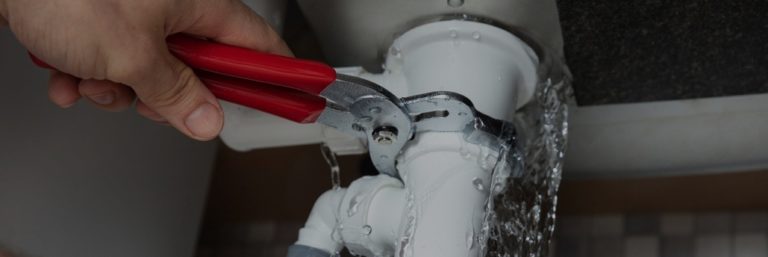We have uncovered this great article about Detecting hidden plumbing leaks below on the web and reckoned it made good sense to relate it with you on this page.

The minute you discover a leak, calling your plumber for repair services is the very best option. Nevertheless, some tiny water leakages may not show up. If you can not spot it with your nude eyes, right here are some hacks that aid.
Early discovery of leaking water lines can alleviate a potential catastrophe. Apart from saving you cash, it will reduce the worry and frustration.
Inspect Water Intake
If you identify abrupt modifications, despite your consumption being the same, it implies that you have leaks in your plumbing system. A sudden spike in your bill indicates a fast-moving leakage.
A stable increase every month, also with the same routines, shows you have a slow-moving leak that's likewise slowly intensifying. Call a plumber to extensively inspect your home, specifically if you feel a cozy location on your floor with piping beneath.
Check and Evaluate the Circumstance
Homeowners ought to make it a routine to inspect under the sink counters and also also inside closets for any kind of bad odor or mold and mildew development. These 2 warnings show a leakage so timely interest is needed. Doing routine evaluations, even bi-annually, can save you from a significant trouble.
Take A Look At the Water Meter
Every home has a water meter. Inspecting it is a surefire manner in which aids you find leaks. For beginners, shut off all the water sources. Ensure no person will purge, utilize the faucet, shower, run the cleaning equipment or dishwashing machine. From there, most likely to the meter as well as watch if it will certainly alter. Given that nobody is utilizing it, there ought to be no activities. If it moves, that suggests a fast-moving leakage. If you spot no modifications, wait a hr or 2 and check back once again. This indicates you might have a slow-moving leakage that could also be underground.
Asses Outside Lines
Do not fail to remember to check your exterior water lines as well. Should water seep out of the link, you have a loose rubber gasket. One tiny leakage can throw away loads of water and surge your water costs.
Do a Food Coloring Test
30% comes from commodes when it comes to water consumption. Test to see if they are running effectively. Drop flecks of food shade in the tank and also wait 10 minutes. There's a leakage in between the tank and bowl if the shade in some way infiltrates your dish throughout that time without flushing.
Examine for discolorations and also weakening as most appliances and also pipelines have a life span. If you suspect dripping water lines in your plumbing system, don't wait for it to escalate.
The minute you find a leakage, calling your plumber for repair services is the best option. Some tiny water leakages may not be noticeable. Checking it is a proven way that assists you discover leaks. One little leak can lose loads of water and also spike your water expense.
If you believe leaking water lines in your plumbing system, don't wait for it to intensify.
WARNING SIGNS OF WATER LEAKAGE BEHIND THE WALL
PERSISTENT MUSTY ODORS
As water slowly drips from a leaky pipe inside the wall, flooring and sheetrock stay damp and develop an odor similar to wet cardboard. It generates a musty smell that can help you find hidden leaks.
MOLD IN UNUSUAL AREAS
Mold usually grows in wet areas like kitchens, baths and laundry rooms. If you spot the stuff on walls or baseboards in other rooms of the house, it’s a good indicator of undetected water leaks.
STAINS THAT GROW
When mold thrives around a leaky pipe, it sometimes takes hold on the inside surface of the affected wall. A growing stain on otherwise clean sheetrock is often your sign of a hidden plumbing problem.
PEELING OR BUBBLING WALLPAPER / PAINT
This clue is easy to miss in rooms that don’t get much use. When you see wallpaper separating along seams or paint bubbling or flaking off the wall, blame sheetrock that stays wet because of an undetected leak.
BUCKLED CEILINGS AND STAINED FLOORS
If ceilings or floors in bathrooms, kitchens or laundry areas develop structural problems, don’t rule out constant damp inside the walls. Wet sheetrock can affect adjacent framing, flooring and ceilings.
https://www.servicemasterbyzaba.com/blog/how-to-detect-water-leakage-in-walls/

I stumbled upon that piece on Leaking water lines when doing a lookup on the web. I beg you take a moment to share this post if you enjoyed it. Thank you for going through it.